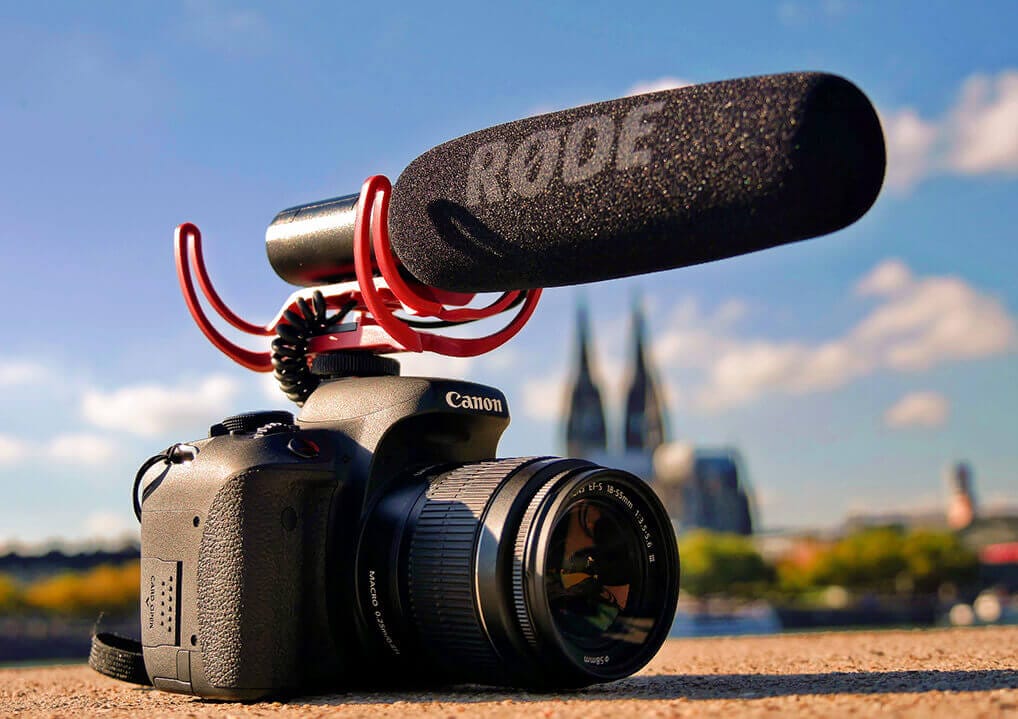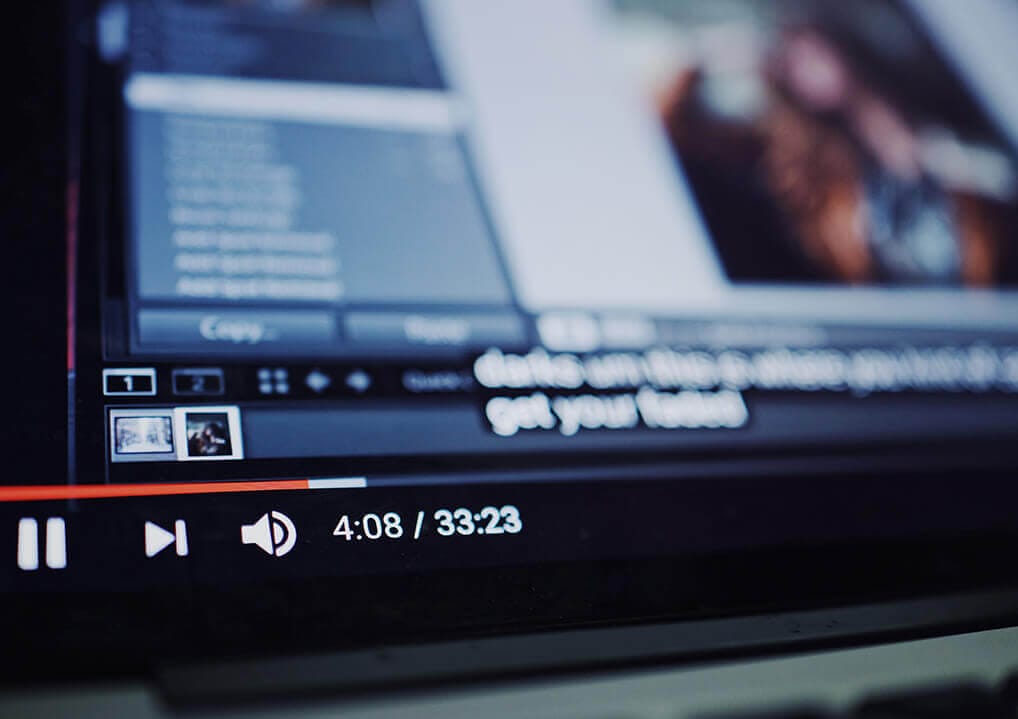Simply put, live streaming is a way to broadcast your events to an online audience in real-time. The digital signal you create for your live stream event is called a source. More specifically, data from a camera is called a video source while data from a microphone is called an audio source. Depending on the number of audio-video sources, a live stream can be either simple or complex. Keeping that in mind, here’s some more information on how to get started live streaming.

Basic Steps to Live Streaming
To Live Stream your event, follow these four basic steps:
Step 1 – Plan your live stream
The first step is to plan your live stream event. When planning your live stream, you should address all the key points including your target audience, live stream topic, broadcast schedule, live streaming location, equipment requirements, and featured guests, if any.
Step 2 – Choose a Live Streaming Platform
In general, different live streaming platforms attract different audiences. Depending on how much you know about your target audience, this can be either an advantage or a disadvantage. To put it another way, the success or failure of your live stream will largely depend on your choice of platform. Keeping that in mind, the most popular streaming platforms on the market today include:
- Instagram Live – Built in the Instagram Stories feature, Instagram Live allows you to not only broadcast your live streams but also save and replay them to your Instagram Stories. During a live stream, your viewers can engage with you through comments and likes. Given that more than 500 million people use Instagram Stories every day, you can potentially reach millions of people with this platform.
- Twitter Live – If you want your live stream to reach a large audience even if you don\’t necessarily have a large following on social media, then Twitter is arguably the best platform to live stream your event.
- TikTok – Launched in 2016, TikTok has quickly grown to become one of the major live streaming platforms today, especially for short-form content. In fact, in 2018, TikTok was among the top five most downloaded apps in the world. In terms of demographics, most of TikTok users (41%) are between the ages of 16 and 24. However, to live stream on this platform, you must have at least 1,000 followers.
- YouTube Live – Built into the YouTube platform, YouTube Live Events allows users to live stream video content directly to their YouTube pages, as well as decide who should view the content.
- Facebook Live – Facebook Live is essentially Facebook\’s live streaming platform. According to Facebook, Facebook Live videos are up to 6 times more interactive compared to traditional videos. What\’s more, you can promote your live streams on Facebook Live even without pre-registration.
Step 3 – Choose Your Equipment
To live stream your event, you need a video source and an audio source. In general, your choice of equipment will depend on factors such as your target quality and your live streaming experience. Depending on these factors, your choice of equipment can range from basic all-in-one devices, such as a typical smartphone, to dedicated video streaming encoders, both hardware and software encoders.
Step 4 – Advertise Your Live Stream
To get people to watch your live stream, you need to promote properly. This essentially entails informing people of your plans to go live at a specific time. To achieve this goal, you can use digital marketing channels, including social media, email marketing, and your own website.
Equipment – Video and Audio Sources
A typical simple stream consists of an audio and an audio source. This means you need equipment to record both video and audio. For video, you can use virtually any video recording device including, among others, a webcam, a camcorder, a DSLR camera, or even a smartphone/tablet. At this point, it is worth noting that SDI or HDMI outs can transmit embedded video along with audio signal. For this reason, most video sources today use either SDI or HDMI outs to connect to external devices. However, it is important to note that you cannot live stream simply by connecting a digital camera to a personal computer using a SDI or an HDMI cable. For that to work, you need a video capture card such as AV.io HD card.
On the other hand, streaming hardware typically comes with an internal video card already installed, allowing you to connect your video sources directly. In regards to audio sources, you can use virtually any type of microphone to capture audio. The different types of microphones include handheld, USB, and lapel microphones. Furthermore, you can use a pre-recorded audio file as your audio source.
Your choice of live streaming equipment will depend on factors such as your budget, desired quality, and experience level. More specifically, while low-cost solution, such as a smartphone, may allow you to live stream, it will not give your live stream a professional look. For that, you need professional live-streaming equipment. Such equipment will not only enable you to connect to multiple audio-video sources simultaneously, but also process signals simultaneously, allowing you to create professional effects such as side-by-side and picture-in-picture layouts.

Software and Video Encoders
Designed for recording large video files, most video cameras lack the ability to live stream audio-video files. For this reason, you need a piece of software that will enable you to convert your audio-video files into a web-friendly format. This is where a video encoder comes in handy. Simply put, a video encoder is a piece of software that processes an incoming audio-video signal to make it ready for the web.
Types of Encoders
Today, you can use anything from a mobile phone to a personal computer as an encoding device. However, it is important to note that not all encoding devices are created equal. More specifically, while a handheld device such as a mobile phone or tablet may perform the dual task of recording audio-video files and encoding them, it can only perform these tasks at a basic level. For professional live streams, you need a dedicated encoder that will allow you to use multiple cameras and layout. The two main types of dedicated encoders include software and hardware encoders.
Software Encoders
Installed on either a laptop or a desktop computer, a software encoder is essentially a computer program that uses a computer\’s CPU to process and upload an incoming audio-video signal to the internet. Of course, to capture your video feed from your source, your computer needs a video capture card. Some of the most popular software encoders on the market today include Streamlabs, vMix, Wirecast, and OBS Studio. Some of the important factors to consider when choosing streaming software include your budget, experience level, and desired results.
It is important to note that streaming software is typically resource intensive. For this reason, you need a powerful computer for streaming software to run smoothly and offer your viewers an immersive viewing experience. In fact, if your computer is not powerful enough, your viewers will likely experience myriad problems ranging from dropped framers to buffering. On the other hand, the software will cause your computer to become slow. Of course, in such a situation, both you and your viewers will have a bad user experience. For a seamless live streaming experience, your computer should have at least 8GB of RAM and a powerful processor such as AMD Ryzen 5 or Intel Core i5 2.8 GHz.
Hardware Encoders
Simply put, a streaming hardware or hardware encoder is an all-in-one dedicated device that allows an audio-video signal to connect directly to the device, eliminating the need for a video capture card. It is important to note that modern streaming hardware can process a wide range of audio-video input formats, including, among others, DVI, VGA, SDI, HDMI™, as well as 3.5mm analog audio and XLR. Of course, a hardware encoder needs an internet connection in order to live-stream content.\r\n\r\nSimilar to most technical gadgets, hardware encoders come in different functionality, sizes, shapes, and price points. For instance, some, such as the Webcaster X2, are relatively small and portable, designed to support only one or two video cameras. Additionally, some portable hardware encoders, such as the Teradek and LiveU, connect to the internet via a bonded cellular feed. On the other end of the scale, you have bulky, powerful, and complex hardware encoders that support multiple audio-video sources. Essentially, these are all-in-one professional hardware encoders with the ability to record, scale, mix, and switch between the different audio-video sources. In other words, they offer vast functionality.
Streaming Software versus Streaming Hardware
Specifically designed for live streaming, hardware encoders are typically vastly superior to both streaming software installed on a personal computer and all-in-one consumer gadgets such as mobile phones and tablets. What’s more, with streaming hardware, you do not necessary need a powerful computer because streaming hardware does not a computer to function.
Conclusion
Live streaming entails broadcasting audio-video data over the internet in real-time. Basic live-streaming equipment includes a video source (camera), an audio source (microphone), and live-streaming software (encoder).

